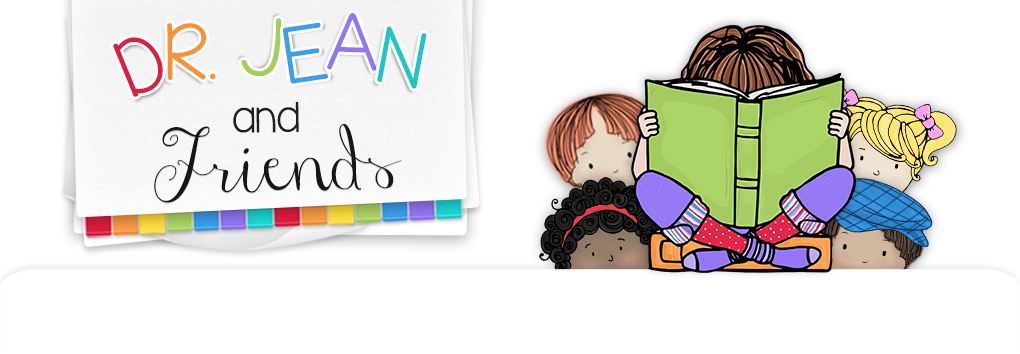https://www.youtube.com/watch?v=Yhh1G__YyiQ
Sing and Sign
(“Where Is Thumbkin?” – Children repeat each line.)
Where is A? (Hands behind back.)
Here I am. (Make sign for “a.”)
What do you say, A?
/a/, /a/, /a/.
Continue using other letters and making the manual signs.
The Alphabet in My Hands
(“He’s Got the Whole World in His Hands”)
I’ve got A /a/ /a/ in my hands. (Sign the letter “a.”)
I’ve got A /a/ /a/ in my hands.
I’ve got A /a/ /a/ in my hands
And I can read.
Continue signing and singing other letters.
Hint! Encourage the children to make “strong” letters. As children tighten up muscles in their hands, they will also be strengthening small motor skills.
Sign Language Center - Make a SIGN LANGUAGE CENTER with a pocket folder. Glue a copy of manual signs for letters on the inside of the folder. Write alphabet letters on index cards and place in the pocket. Children choose a card and then try to reproduce that sign. For older children, write sight words or spelling words on index cards for them to practice spelling manually.



Classroom Management - Learn signs for classroom transitions, such as “pay attention,” “sit down,” “water,” or “restroom.”
Sign and Spell – Use sign language to spell children’s names and other words.
*For older children fingerspell words and see who can decode them.
Word Wall Words – Learn signs for high frequency words. Visit aslpro.com and click on “dictionary” to see signs demonstrated.


